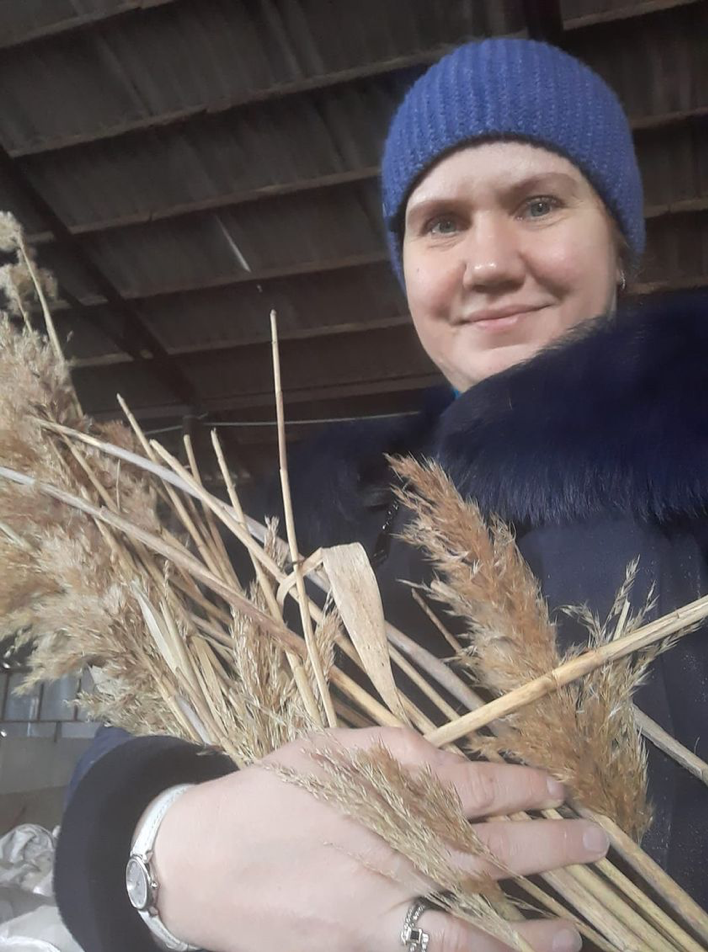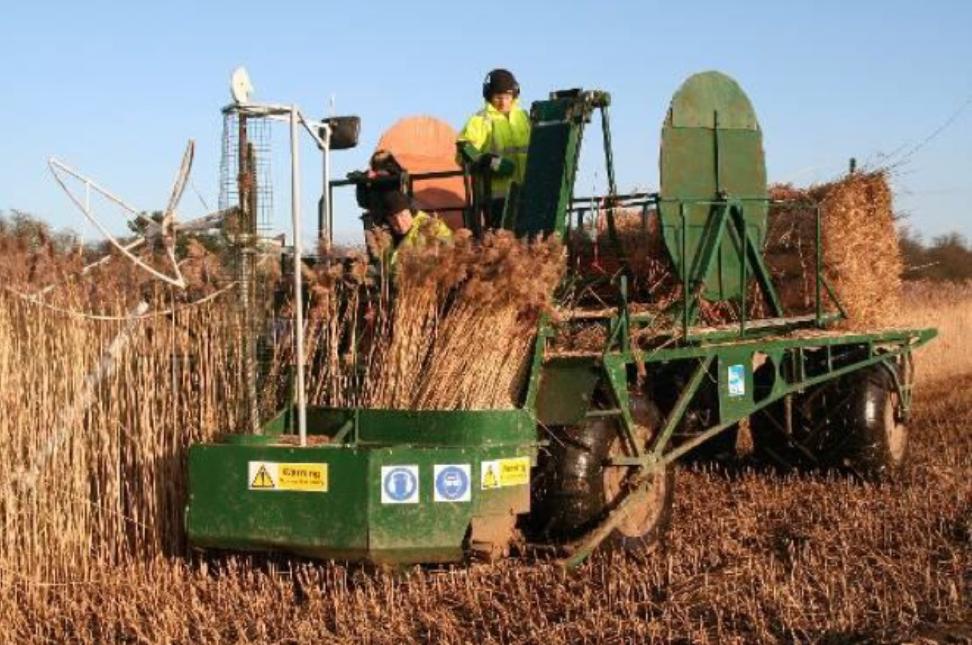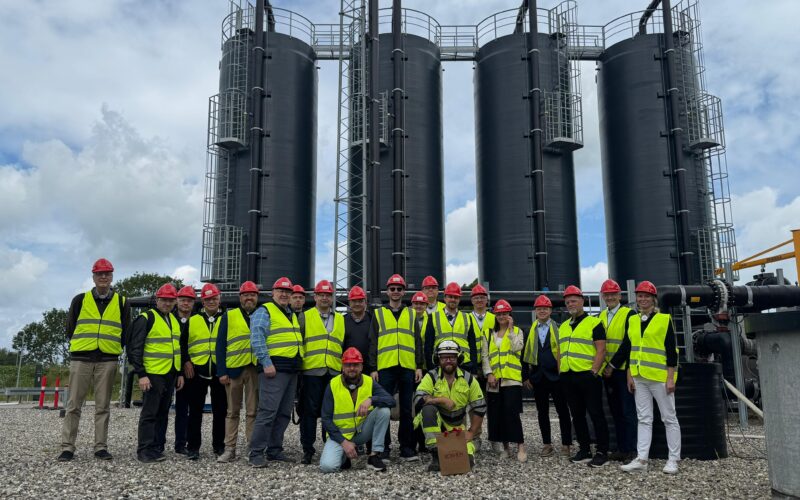Implementation of agrobiomass heating system in the complex of offices, warehouses, and industrial premises in Kherson — icebreaker project under the AgroBioHeat initiative
We would like to introduce you to one of the icebreaker projects under the AgroBioHeat initiative — a public initiative of controlled mowing of reeds to save Kherson overflow lands from fires. NGO “Generating Platform Dobrobud” implements the icebreaker project under the AgroBioHeat initiative for the implementation of the heating system on agrobiomass in the complex of offices, warehouses, and industrial premises in Kherson.

About the project
Oksana Prokhorova, director of the Dobrobud Generating Platform NGO, has set up technology for harvesting reeds and processing them into fuel briquettes. According to the gained practical experience, it was possible to harvest from 10 tons to 50 tons of old reeds per hectare. Mowing was carried out on private ponds in the winter when the inhabitants of the overflow lands hide in case of cold weather, which minimizes the impact of harvesting on the ecosystem. In the city of mown old reeds, which was dry, a new green grows from spring, which you just can’t set on fire.
Why is this project relevant and necessary?
Every year the Kherson region suffers from large-scale fires due to the burning of reeds. Powerful fires occur during the heat, which leads to terrible environmental disasters. Ecosystems suffer, natural landscapes become poorer, and people suffer from smoke and stench. And due to climate change, more and more hot days per year are becoming, which increases the fire danger of the region.
What’s burning?
Reed thickets with a total area of about 80,000 hectares are concentrated in the Kherson region. Reed is a perennial herbaceous plant, the aerial part of which is formed during the growing season and dies annually. Dead stems remain on the plant for 5 years, forming thickened thickets. In such thickets of reeds fire is commonplace.
What causes fires?
- Careless handling of the fire of travelers: carelessly discarded cigarette butts, remnants of fires, or even a piece of glass, which, focusing sunlight, ignites dry vegetation.
- Deliberately set fire to reeds. The sparks of the hearth fly away, and the fire quickly spreads to the surrounding dry vegetation. Due to the wind, the spark can fly a distance of 400-600 m! Can you imagine the scale?
- Reeds in the place where the fire was extinguished can smolder for a long time, which can also cause sparks. In a short time, the fire can spread to a large area, which complicates the work of firefighters.
Fire statistics and firefighting measures
In 2020, there were more than 150 fires in the Kherson region, some of which reached residential buildings. A characteristic feature of such fires is the high density of fire, its rapid spread, large amounts of smoke, and the height of the flame reaches 30 meters. Limited logistical and human resources of firefighters do not always allow for a rapid reaction to fires.
The Main Department of the State Emergency Service of Ukraine constantly informs the executive authorities, local governments, heads of local councils about the need for preventive measures, and the local population – about compliance with fire safety rules during the fire-hazardous period. It is also necessary to install specialized equipment for the early detection of fires.
What is the way out?
One of the effective fire-fighting measures in the thickets is the controlled mowing of reeds. This improves the ecological condition of the overflow lands, helps to maintain the diversity of their fauna and flora, and the raw materials obtained during mowing can be used for the production of various products.

Advantages of mowing
The economic energy potential of reeds in the region can be estimated at 83 thousand tons of fuel equivalent/year, which is equivalent to the replacement of about 71 million m3 of natural gas.
According to the Renewable Energy Agency, the total annual volume of reeds in the Kherson region is 375 thousand tons of dry matter.
Reed is a valuable lignocellulosic raw material that can be used for the production of building and construction materials with high added value.
Outline waste can either be used for direct incineration in boilers or processed into fuel briquettes. The rules of environmentally safe reed harvesting in Ukraine and in the world are already well established. For example:
- Such activities are carried out in the Danube Biosphere Reserve, Tuzly Lagoons National Nature Park, Lower Dniester National Nature Park.
- Such practices are also used abroad. In particular, it was possible to get acquainted with the experience of harvesting and using reeds in Germany on a virtual tour of the AgroBioHeat project: energy utilization of biomass from wetlands.
Conclusion
Mowing reeds in the Kherson region will help improve the fire situation in the reed overflow lands, stop the degradation of the unique ecosystem, and in the long run, will restore it.
Communities near the overflow lands receive new economic activities that will create new jobs, provide additional income and attract local biomass for the energy needs of the public sector, the population, and business.


